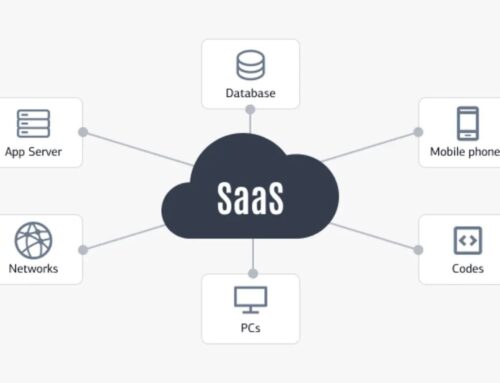
The Rise of Zero Trust Architecture in SaaS Security
The Rise of Zero Trust Architecture in SaaS Security
Zero Trust Architecture (ZTA) has gained significant traction in the realm of SaaS (Software as a Service) security. This approach represents a departure from traditional security models that assumed a certain level of trust within the network perimeter. Instead, Zero Trust operates under the principle of “never trust, always verify,” irrespective of the user’s location or the network from which they are accessing resources. Here’s a look at the rise of Zero Trust Architecture in SaaS security:
- Continuous Verification:
- Traditional Model Myth: In traditional security models, once users gained access to the network, they were often granted broad access privileges, assuming trust within the perimeter.
- Zero Trust Reality: ZTA requires continuous verification of user identities and their devices, even after initial access is granted. Access privileges are dynamically adjusted based on real-time assessments of user behavior, device health, and other contextual factors.
- Focus on Identity and Access Management (IAM):
- Traditional Model Myth: Legacy models often relied heavily on network-based security measures, assuming that users within the trusted network were authorized to access various resources.
- Zero Trust Reality: ZTA places a strong emphasis on Identity and Access Management. Access decisions are based on a user’s identity, device attributes, and the least privilege principle. Multi-factor authentication (MFA) is often a key component to enhance identity verification.
- Micro-Segmentation:
- Traditional Model Myth: Traditional security models often relied on perimeter-based defenses, assuming that once inside the network, all resources were equally accessible.
- Zero Trust Reality: ZTA advocates for micro-segmentation, dividing the network into smaller, more manageable segments. Each segment has its own access controls, reducing the potential lateral movement of attackers within the network.
- Device Trustworthiness:
- Traditional Model Myth: In legacy models, the trustworthiness of user devices was often assumed once they gained access to the network.
- Zero Trust Reality: ZTA considers the security posture of devices. Devices are assessed for compliance with security policies, updated software, and the absence of vulnerabilities before granting access to resources.
- SaaS Adoption and Cloud Security:
- Traditional Model Myth: Traditional security models struggled to adapt to the dynamic nature of cloud-based SaaS applications and services.
- Zero Trust Reality: ZTA aligns well with the principles of cloud security. It allows organizations to secure access to SaaS applications regardless of the user’s location, ensuring that security policies travel with the user and not the network perimeter.
- Data-Centric Security:
- Traditional Model Myth: Traditional security models often focused on network and perimeter defenses, potentially neglecting the protection of sensitive data.
- Zero Trust Reality: ZTA adopts a data-centric approach, focusing on protecting the data itself. It involves encrypting sensitive data, monitoring data access and usage, and implementing controls to prevent unauthorized data exfiltration.
- Adaptive Security:
-
- Traditional Model Myth: Traditional security measures often operated on a static set of rules, granting access based on predefined policies.
- Zero Trust Reality: ZTA is adaptive, allowing security policies to evolve based on real-time assessments of the user’s behavior, device health, and other contextual factors. This adaptability enhances security in the face of changing threat landscapes.
The rise of Zero Trust Architecture in SaaS security reflects the need for a more dynamic, context-aware, and identity-centric approach to protect against modern cybersecurity threats. As organizations increasingly rely on SaaS applications and services, implementing a Zero Trust model becomes a crucial strategy to enhance overall security posture.





